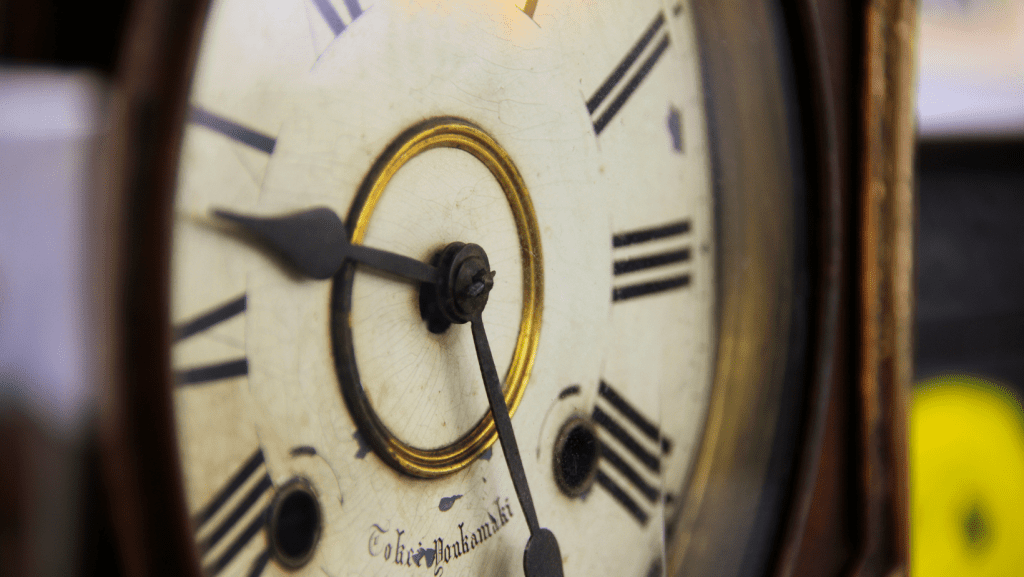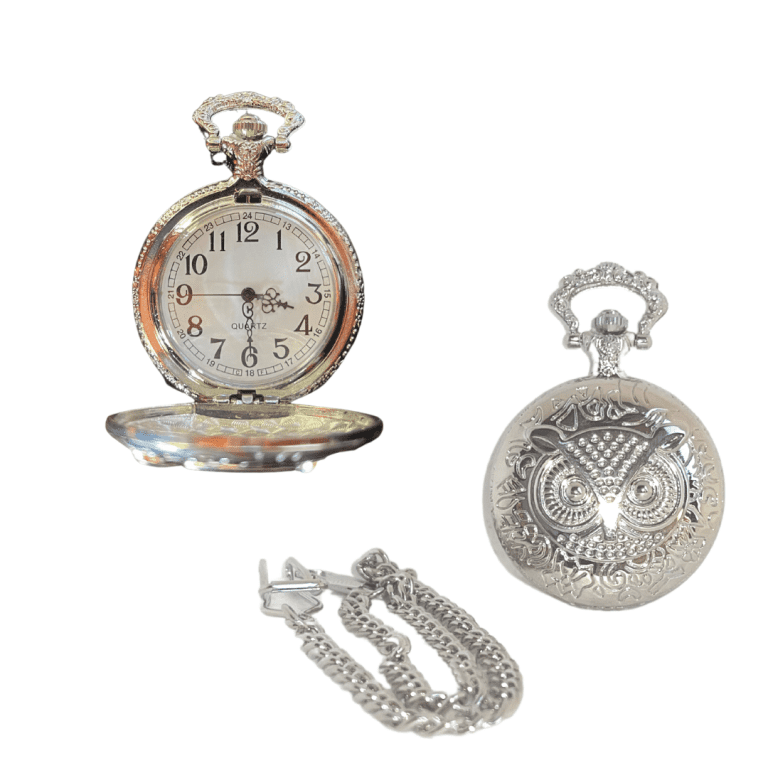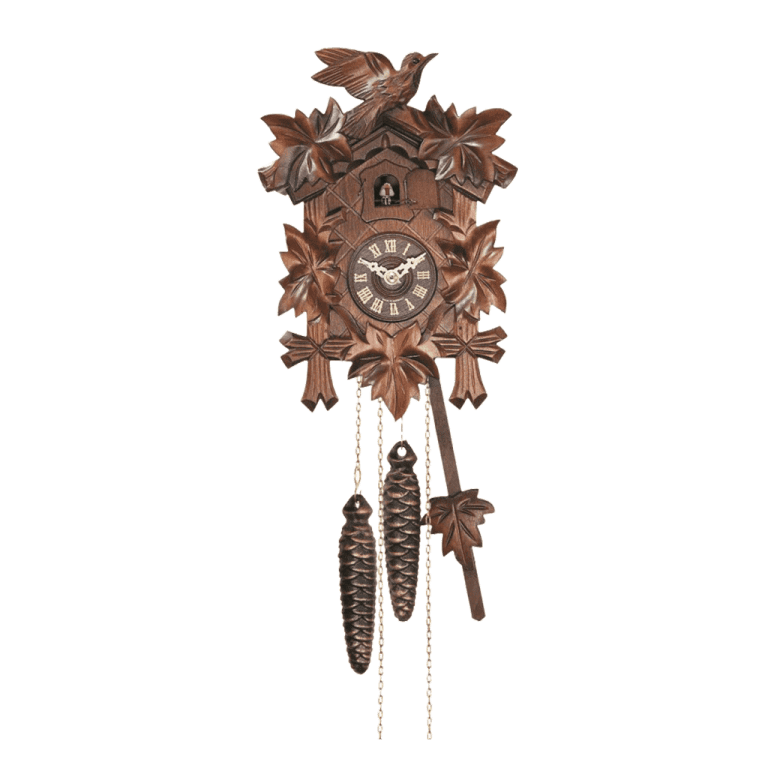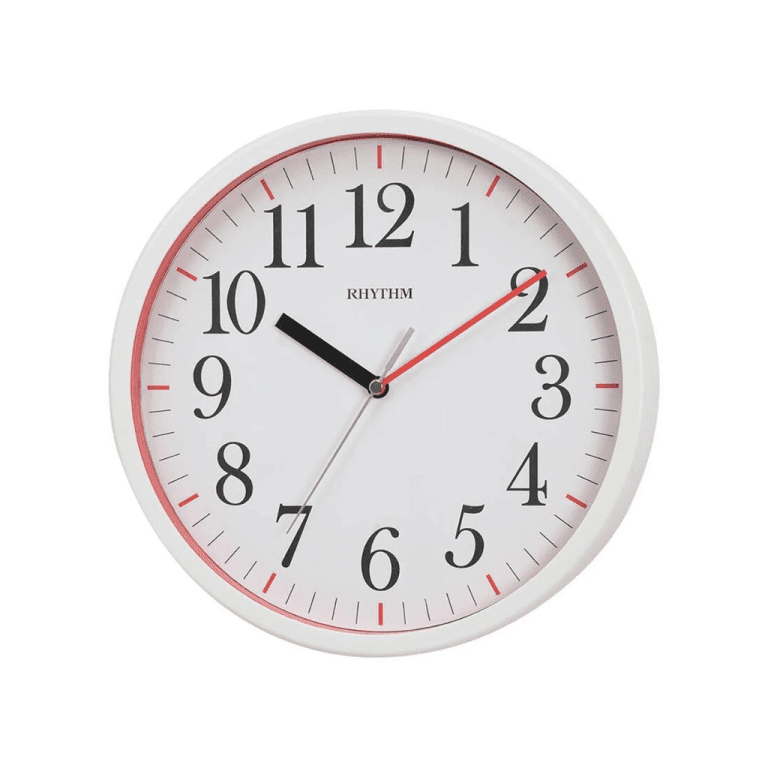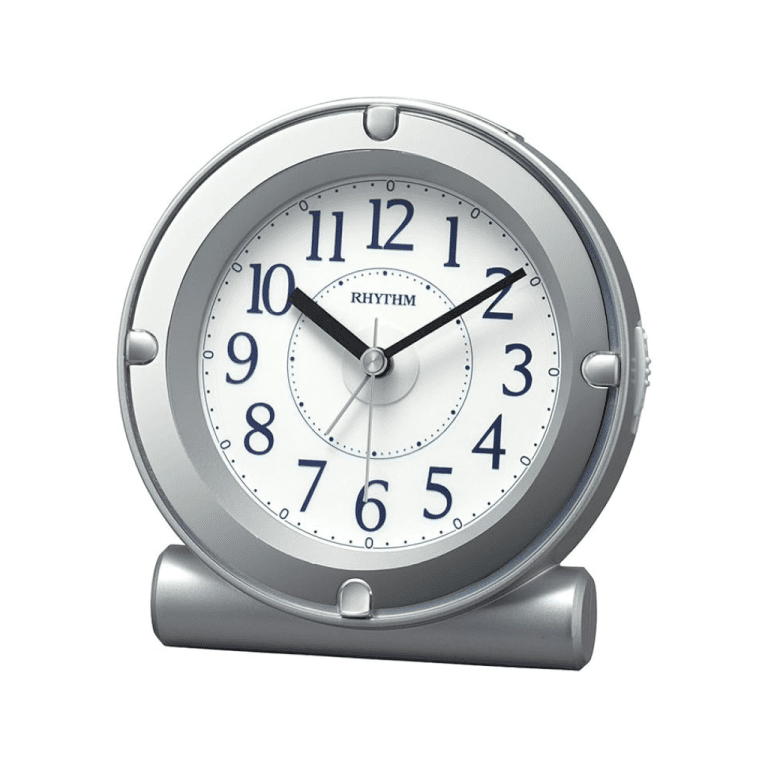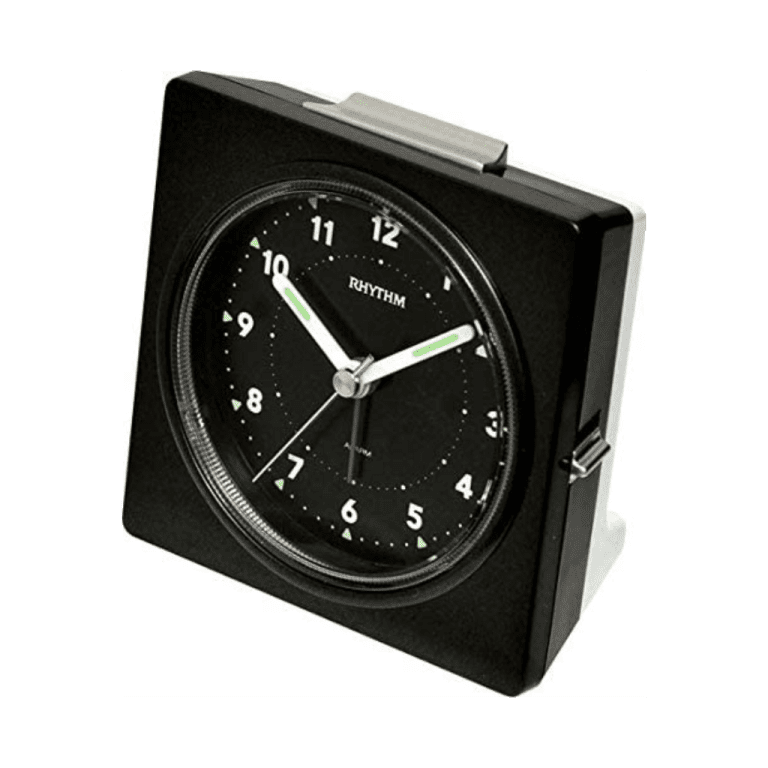The Oxford English Dictionary states that the popular 1876 song My Grandfather’s Clock is responsible for the common name “grandfather clock” being applied to the longcase clock.
The song was composed by an American songwriter by the name of Henry Clay Work who discovered a long grandfather clock in The George Hotel in Piercebridge, in County Durham in England. When he asked about the clock, he was informed that it had two owners. After the first owner died the clock became inaccurate and when the second owner died, the clock stopped working altogether. The story inspired Henry to create the song.
Grandfather clocks are of a certain height. There are also “grandmother” and “granddaughter” clocks, which are slightly shorter in height.
Types
Comtoise clocks
Comtoise clocks, also known as Morbier clocks or Morez clocks, are a style of longcase clock made in the French region Franche-Comté (hence their name). Features distinguishing this style are a curving “potbellied” case and a greater use of curved lines. Often a heavy, elongated, highly ornamented pendulum bob extends up the case (see photo).
roduction of these clocks began in 1680 and continued for a period of about 230 years. During the peak production years (1850–1890) over 60,000 clocks were made each year. These clocks were very popular across the generations; they kept the time on farms throughout France. Many Comtoise clocks can be found in France but they are also frequently found in Spain, Germany, and other parts of Europe, less in the United States. Many Comtoise clocks were also exported to other countries in Europe and even further, to the Ottoman Empire and as far as Thailand. The metal mechanism was usually protected by a wooden sheath.
Bornholm clocks and Mora clocks
Bornholm clocks are Danish longcase clocks and were made on Bornholm from 1745 to 1900. In Sweden a special variety of longcase clocks was made in Mora, called Mora clocks.
Bornholm clock-making began in the 1740s when an English ship, which had longcase clocks in its hold, was stranded. They were sent for repair to a turner named Poul Ottesen Arboe in Rønne and as a result of his repair of them he learned enough about clocks to begin to make his own.
Credited to’;https://kids.kiddle.co/Grandfather_clock

